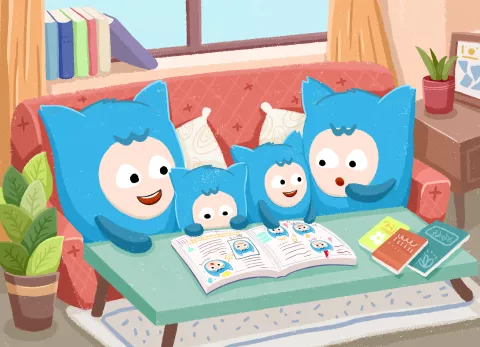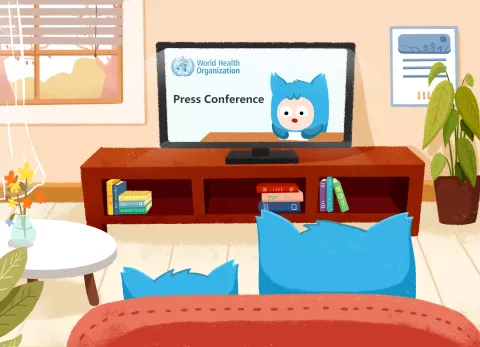Learning to see things from another’s perspective
Tips on how to practice perspective-taking with your child
- Available in:
- 中文
- English
There’s a lot of breaking news every day during the COVID-19 outbreak. Some of it is controversial. This is a good opportunity to teach your child to see things from different angles. Taking different perspectives can help children respond to challenges rationally and calmly and make responsible decisions. Understanding other people’s perspectives can also improve relations and reduce conflicts between children and their peers, as well as the adults and teachers in their lives.
So how do you help your child develop this skill? Practice using the news and events during the COVID-19 outbreak.
Discuss why people think and act differently
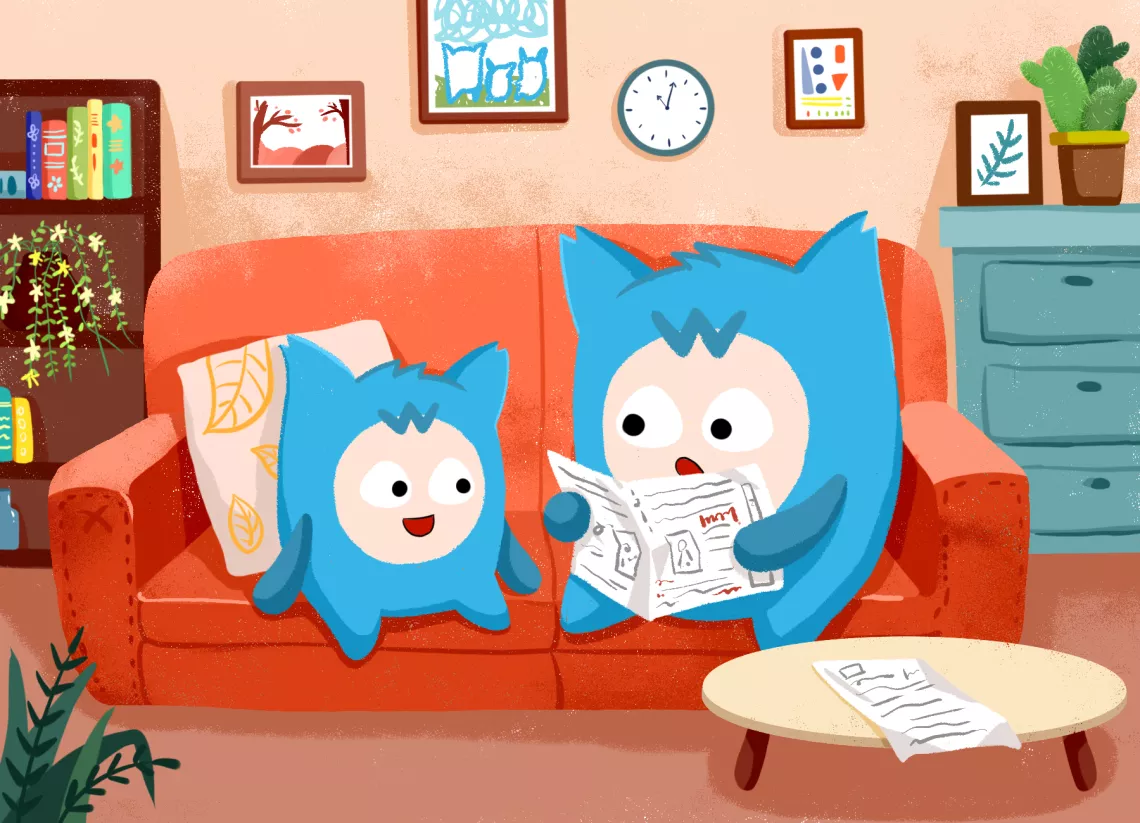
Find a topic from the news or an event in your community that children can understand and may be interested in. Ask your child how she or he understands the ideas, behaviors and motives of each person involved in the events (especially conflicts).
For example:
- An apartment rental lease has expired, and the landlord is refusing to renew it for tenants who have just returned from the epicenter of the epidemic.
Ask your child to reflect on the different positions of the landlord, the tenants and the rental agent. Discuss why these people are in conflict, and whether their actions are making the issue more complicated or easy to resolve. Children will find that there is often more than one side to a story. In consideration of different perspectives, your own feelings or behavior may change as a result. Even if your own opinion does not change, it is important to understand where they are coming from, and this is essential to effectively resolving conflict. Such discussions can help develop a child’s ability to see and reflect on the big picture, which they can put into use in their own life in resolving conflicts, developing empathy, interpreting the motivations and needs of others, decision-making and critical thinking.
Role-play to retell the story
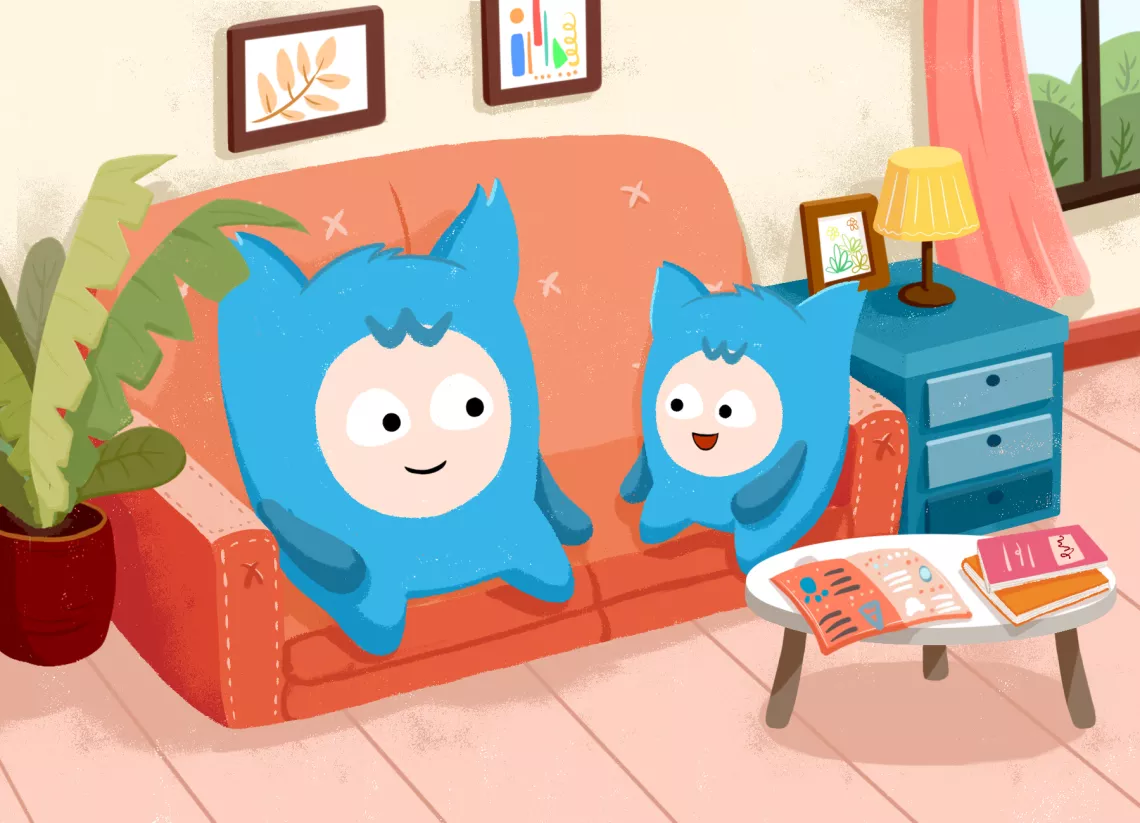
Retell an event through role-play and narration, exploring the perspectives of different people through first-person role-play, and using the appropriate tone and manner to speak with others.
For example:
- A student who coughs and sneezes at school is excluded by other students.
Switch roles to play the unwell student, the student’s peers, teachers and parents. This practice will help children realize that even for the same event, people with different positions will take varied perspectives, and life’s events are always going to be multifaceted.
Analyse the pros and cons of different behaviors
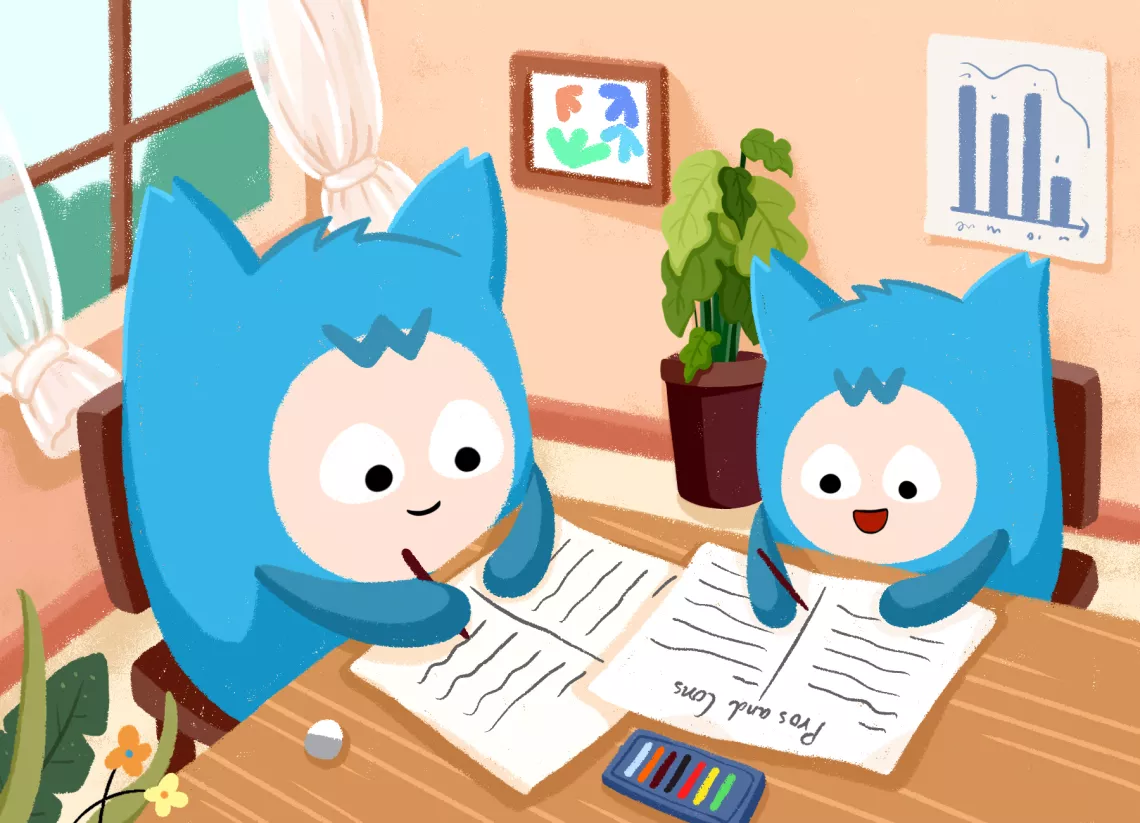
Encourage your child to think through the pros and cons of different decisions or actions in an event. Help them see the need to consider others’ perspectives and have an understanding of the whole picture before taking action.
For example:
- Should schools reopen now?
Help your child to develop a pros and cons list:
- Parents and children each take a piece of paper and draw a line down the middle of each piece. Each write down the benefits of reopening the school on one side of the page, and the negative impacts of doing so on the other.
- Exchange your lists and discuss the similarities and differences. Exchanging opinions will help parents and children understand each other better.
- Finally, map out the pros and cons from all your lists, and think of ways to avoid the negative consequences and help schools reopen safely.
Such discussions can guide children to look at an issue from multiple angles and avoid going to extremes. It helps cultivate children’s awareness and capacity to think from the perspectives of others –to value and respect others.


